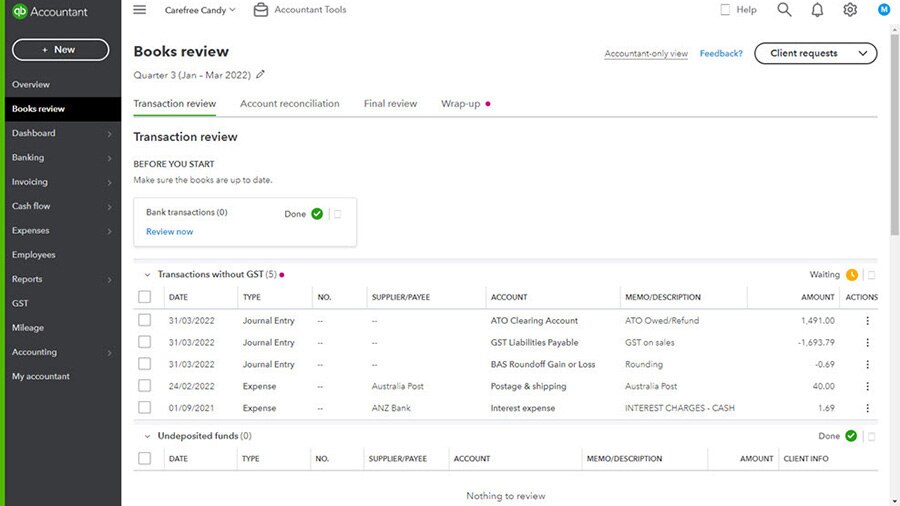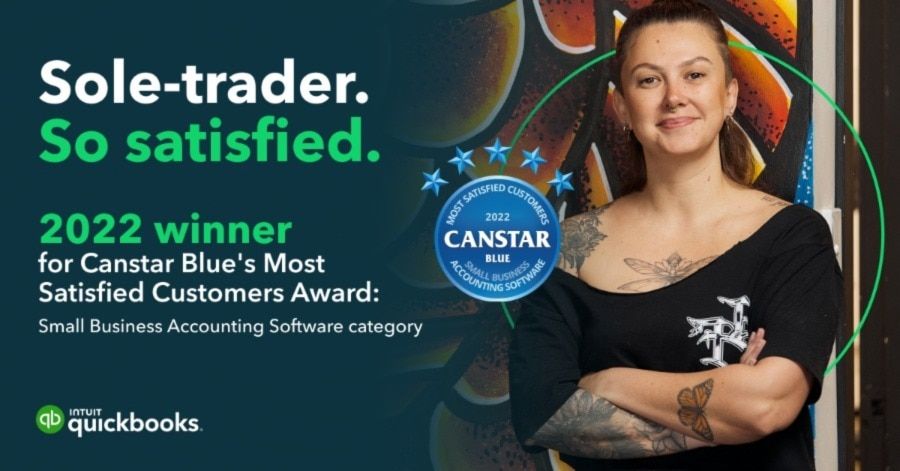Taxing Your Superannuation
11.5% (for the 2023-2024 financial year) of your ordinary time earnings should be paid into your super fund by your employer, this is known as the super guarantee. Ordinary time earnings are your wages for your normal working hours. It is important to note that this rate will increase and will eventually reach 12%.
You can check to ensure your super is being paid properly by checking your pay slip, logging in to your myGov account or calling or checking your super fund online. These payments must be made quarterly, but some employers choose to make the payments more frequently. If your employer is not making the payments, report it to the ATO. If your employer is paying the incorrect amount, speak to them directly.
There is a limit to how much can be paid into your fund each financial year and if you exceed the contribution cap, you will need to pay extra tax. Every super fund has a contribution cap and if you pay into multiple funds, all contributions are tallied toward the single cap. To avoid paying extra taxes, you need to be aware of your contribution cap.
So, how can you save yourself from super contributions tax while still boosting your super fund?
Contributions are generally taxed at 15%, but this rises to a 30% tax rate for earners making more than the Division 293 threshold of $250,000. If you receive a pension from your super then your earnings on the assets that support the pension are tax-free. Investments outside of your super might be taxed at your marginal tax rate.
The most important thing to remember is to keep your contributions below your cap, if you exceed the cap you can be taxed at up to 94%. It's always wise to seek advice from a professional who can keep you on the right track if you have concerns.
- Salary sacrifice is an excellent way to boost your super. It means your employer pays a portion of your salary directly into your super on top of the minimum percentage they make for eligible employees. By paying from your before-tax earnings you secure a 15% tax rate as long as you stay under the cap.
- Some people may be entitled to government co-contribution, the maximum annual cap for this is $500. It isn't part of your assessable income, which means there is no need to pay superannuation tax on it once it's in your super.
- Personal contributions are an easy way to boost your or your spouse's fund. This comes from your after-tax income and is in addition to those made by your employer. It doesn't include those contributions from a salary sacrifice. If you claim a tax deduction, then it becomes a concessional contribution.
- Spousal contributions are not eligible for super contributions tax deductions, but your spouse might be able to claim up to $540 as a tax offset if they earn $40,000 or less.
- You can continue making contributions to your super fund if you are not currently working as long as you are under 67 years of age. There are after-tax contributions you can make provided you were employed for 40 hours over 30 continuous days during the year. This can reduce your taxable income.
- Contribution splitting is an option if you want to transfer before-tax contributions to your partner's account. These contributions are generally from the previous financial year. You can transfer up to 85% of concessional contributions or up to the cap for that year. That amount won't count toward your spouse's contribution cap because it was previously counted against your cap.
















